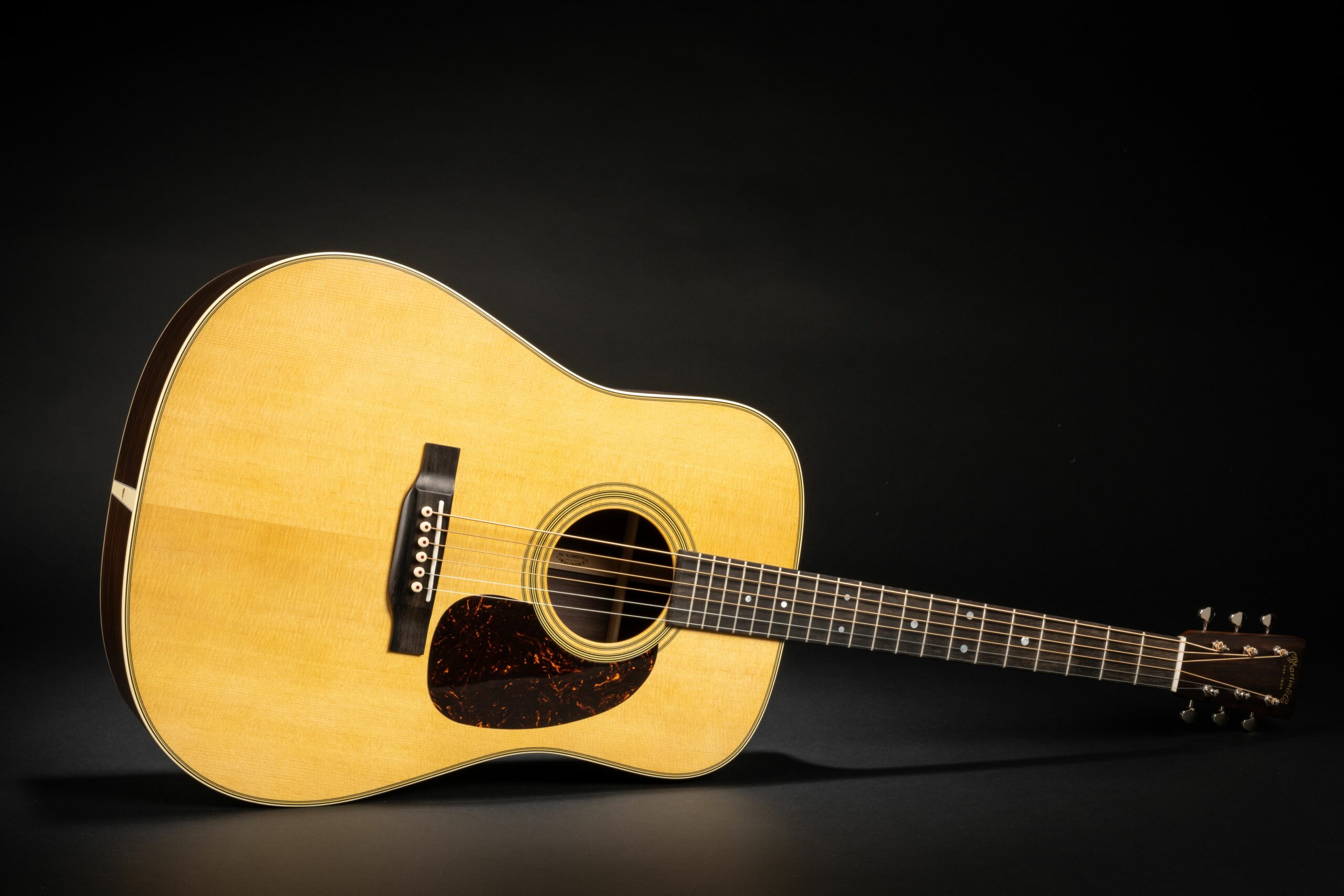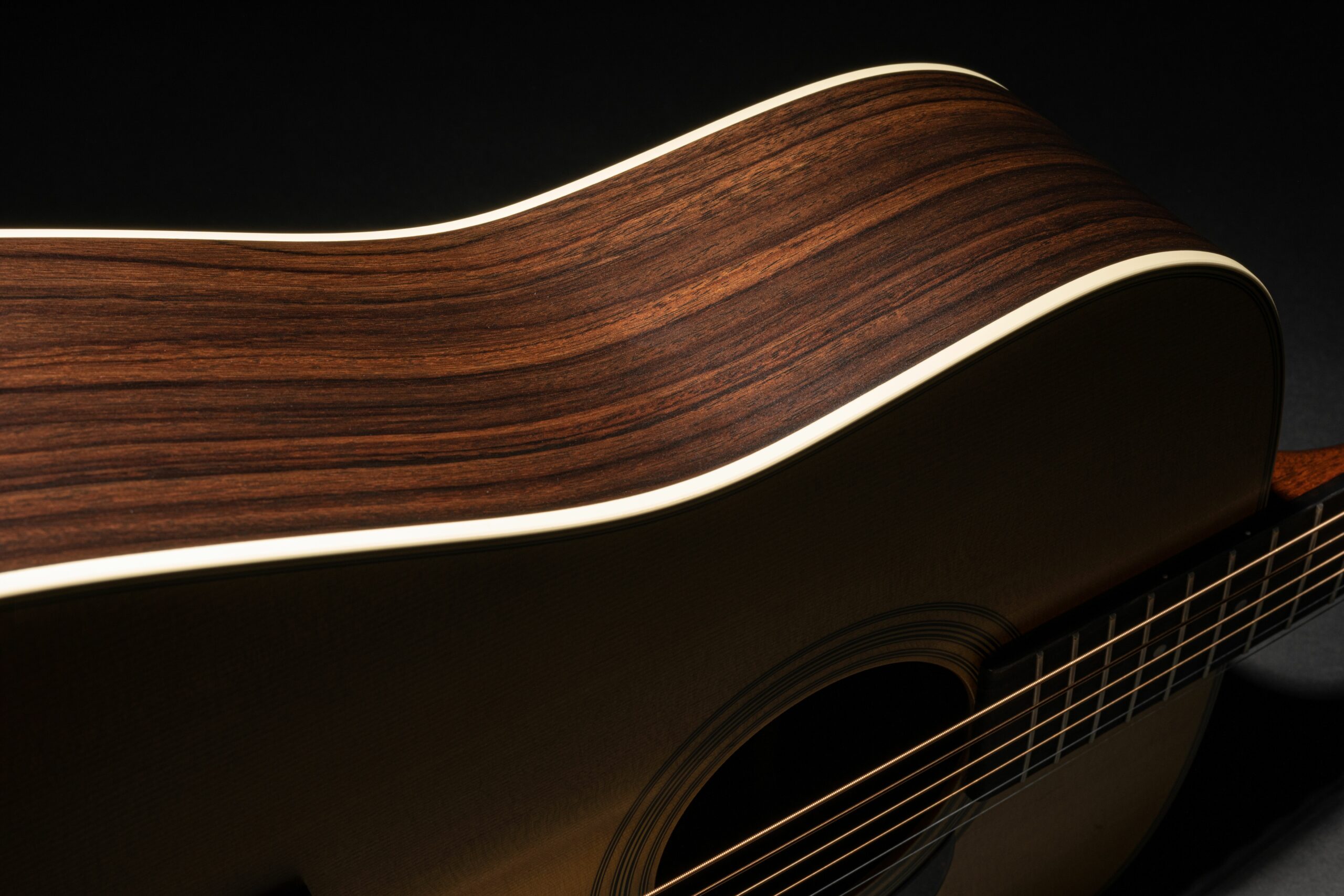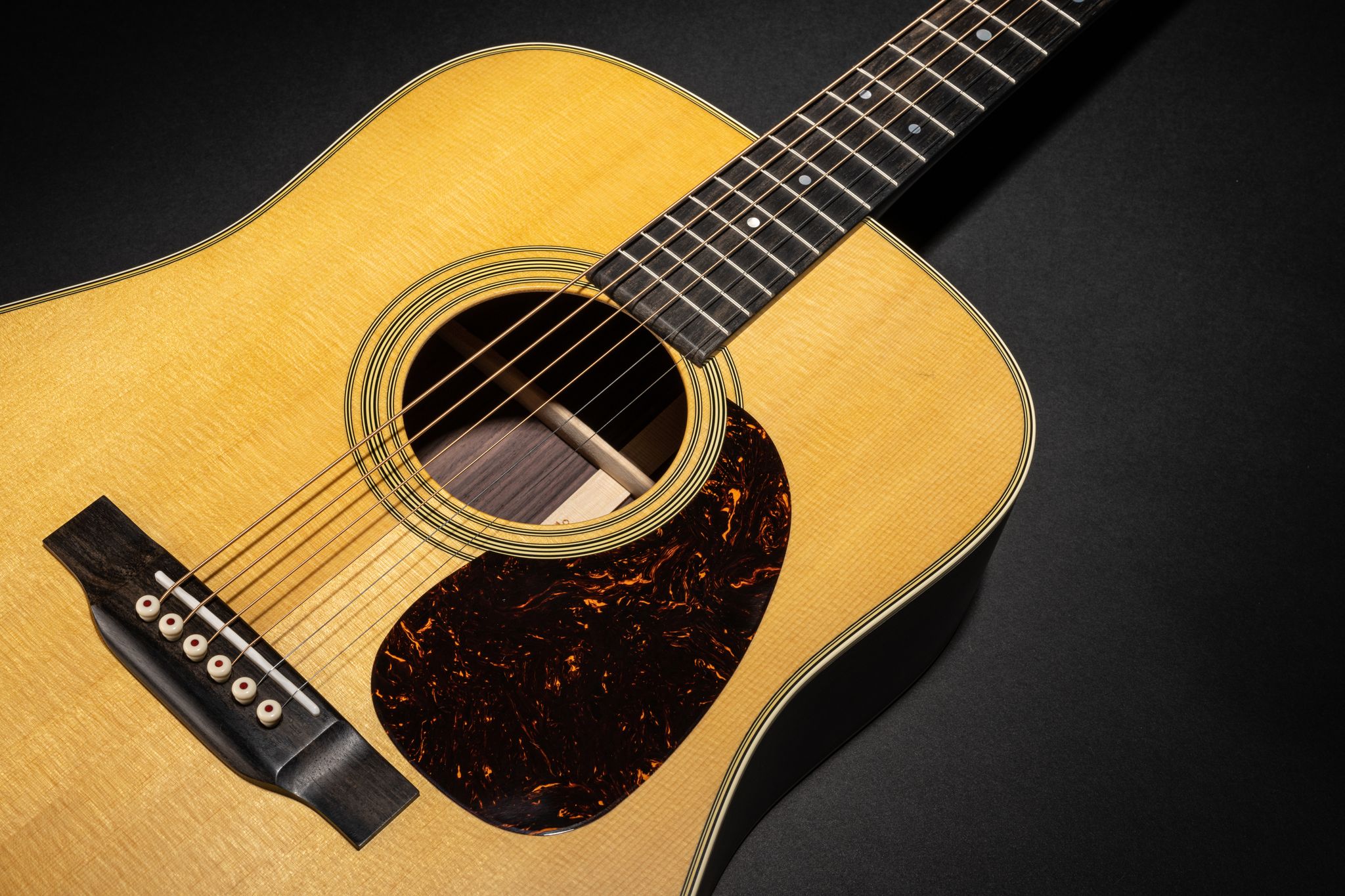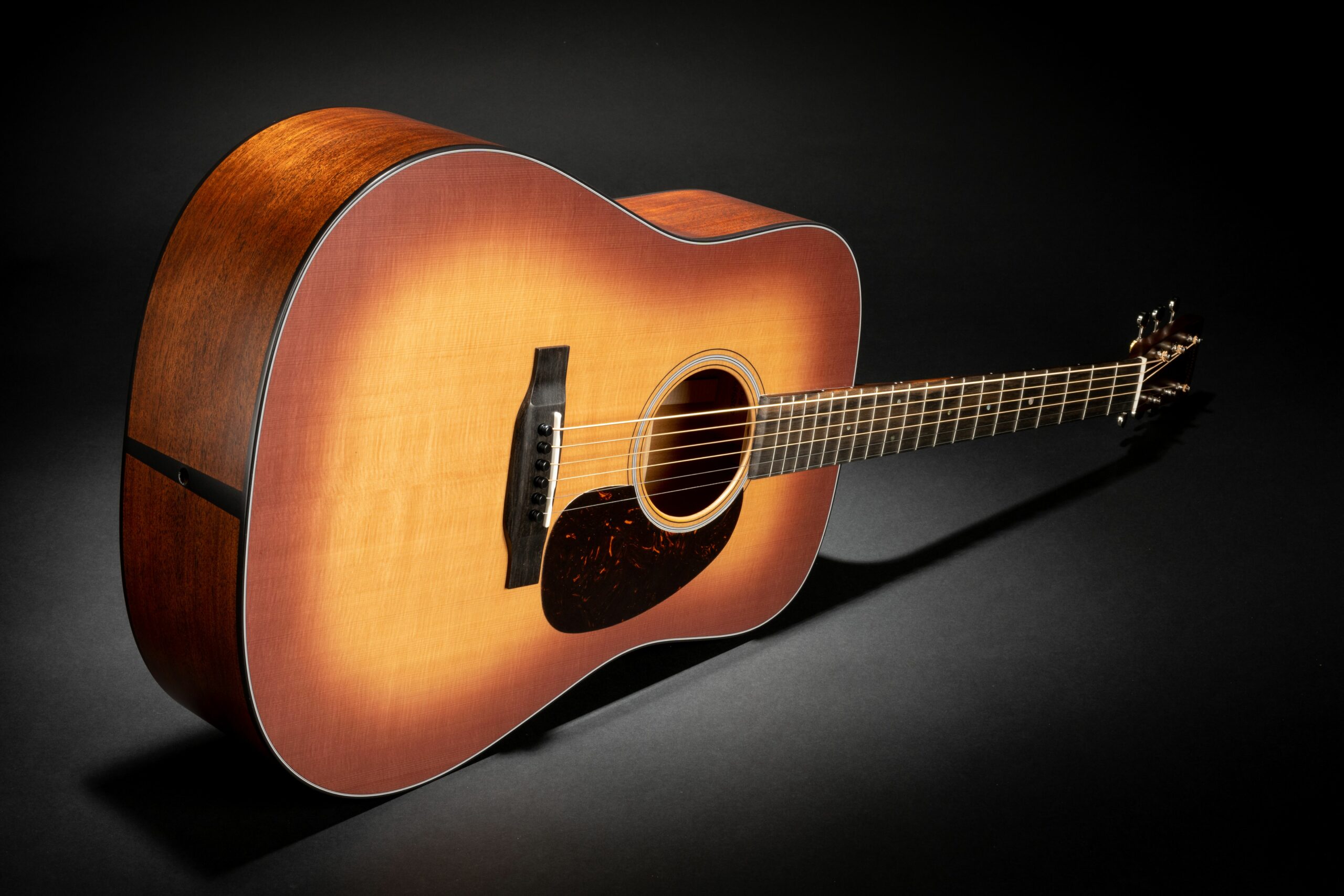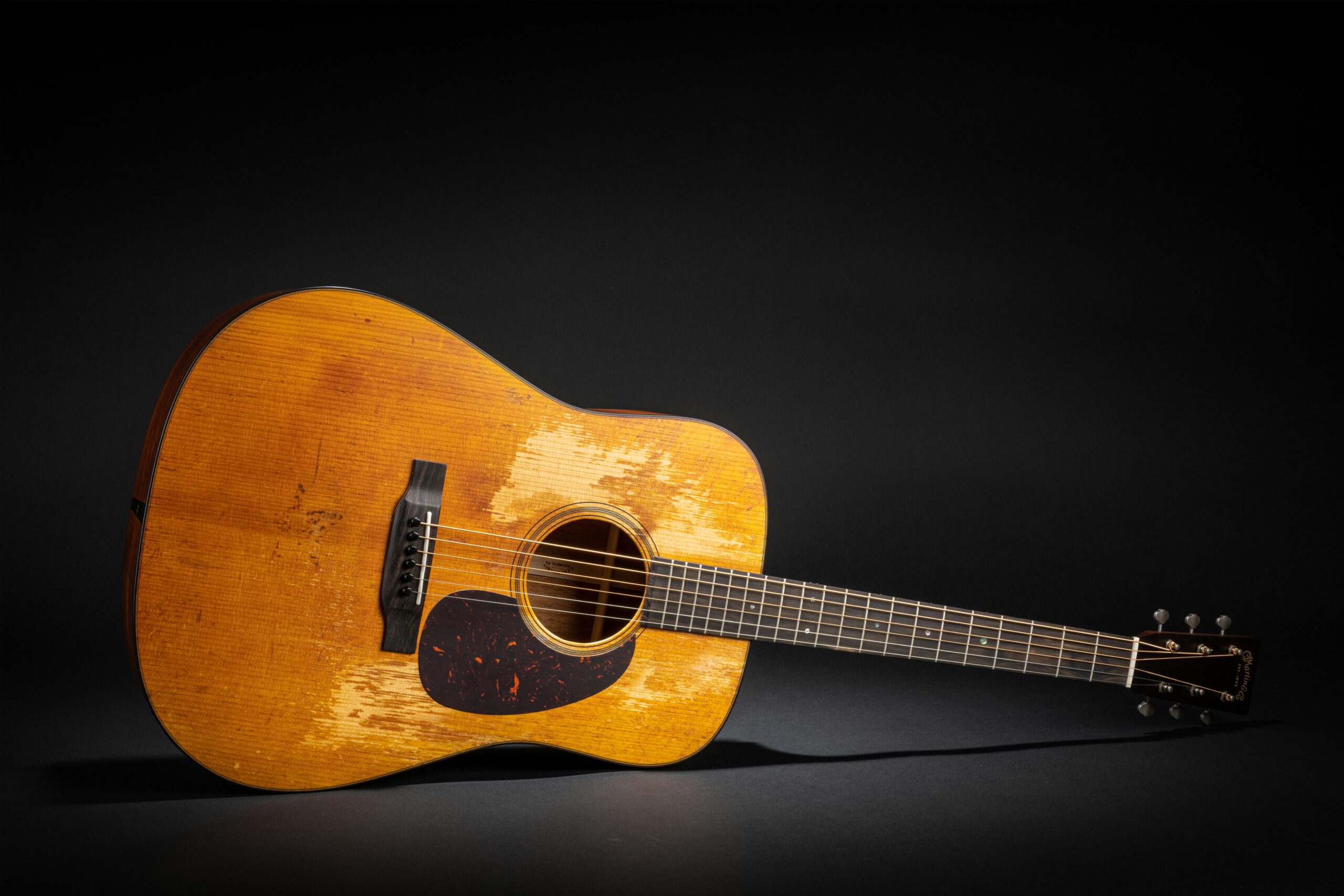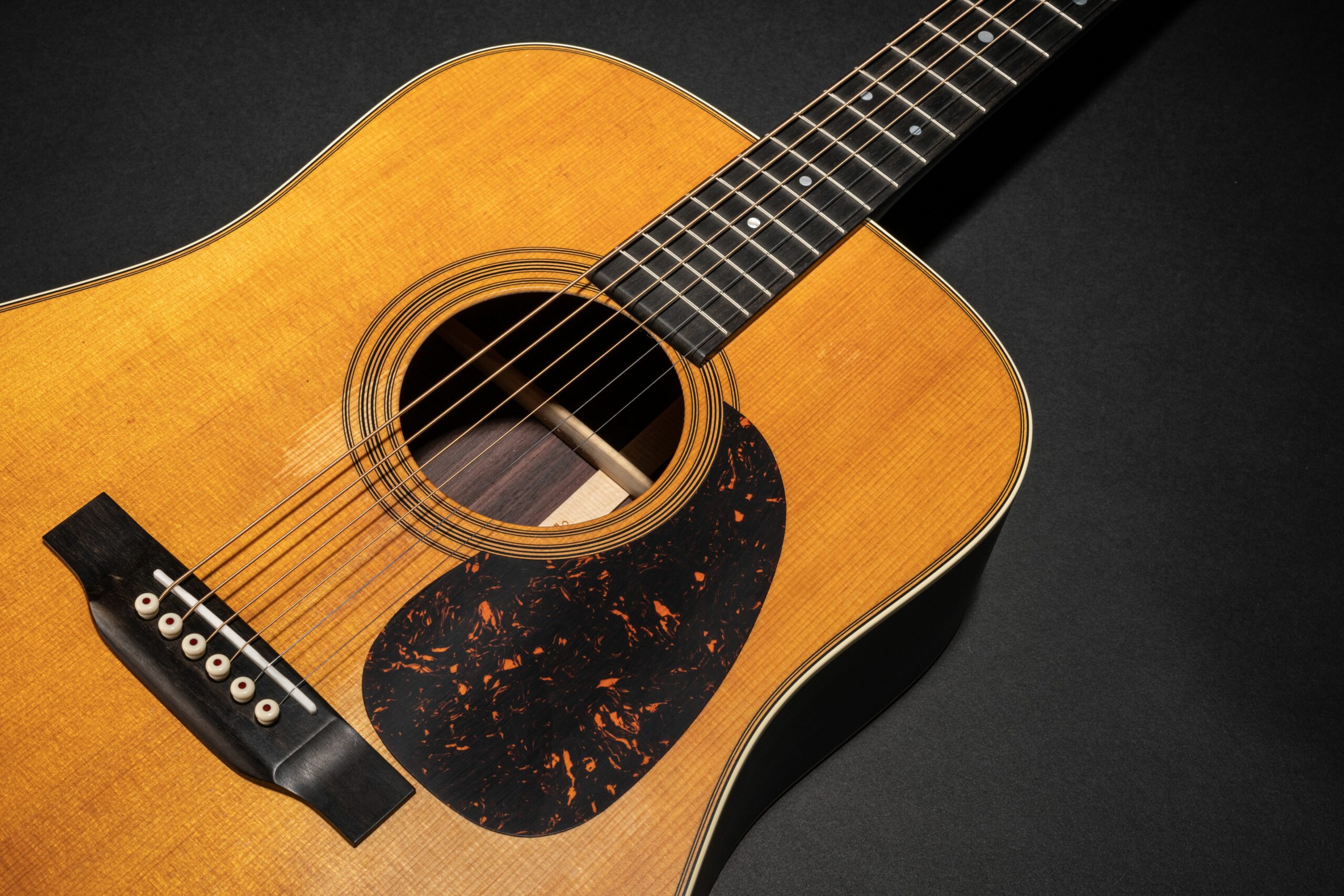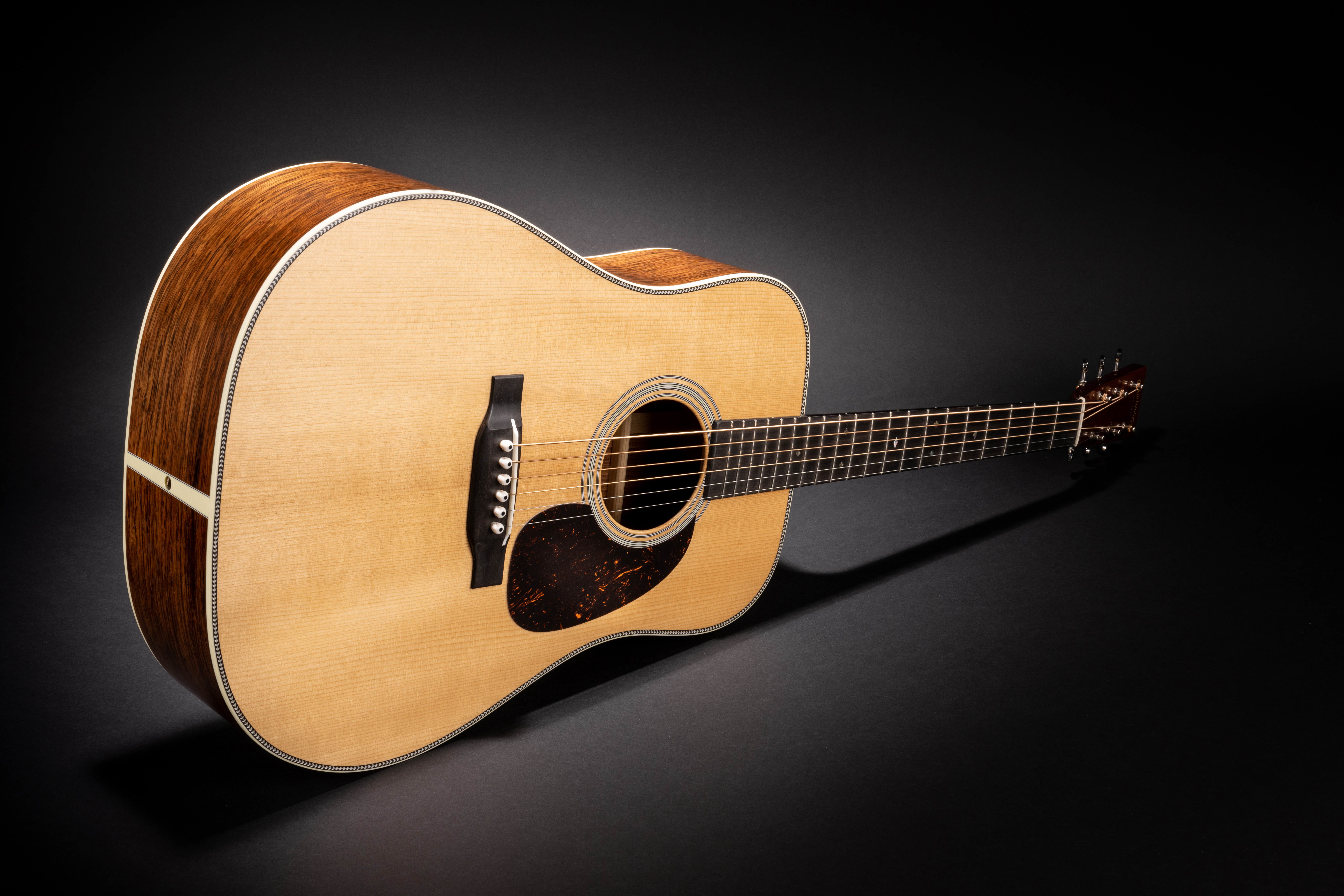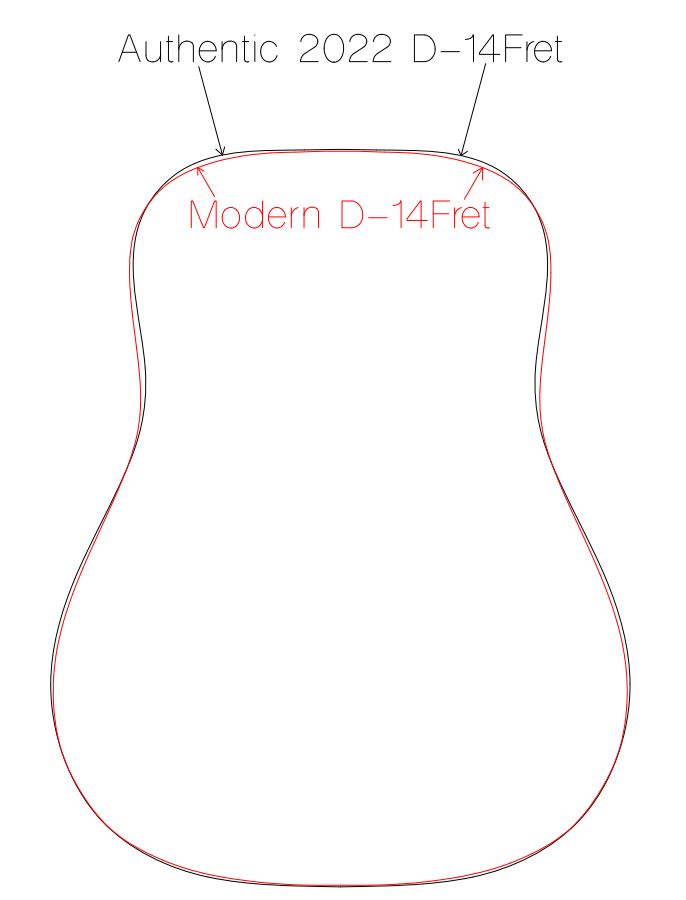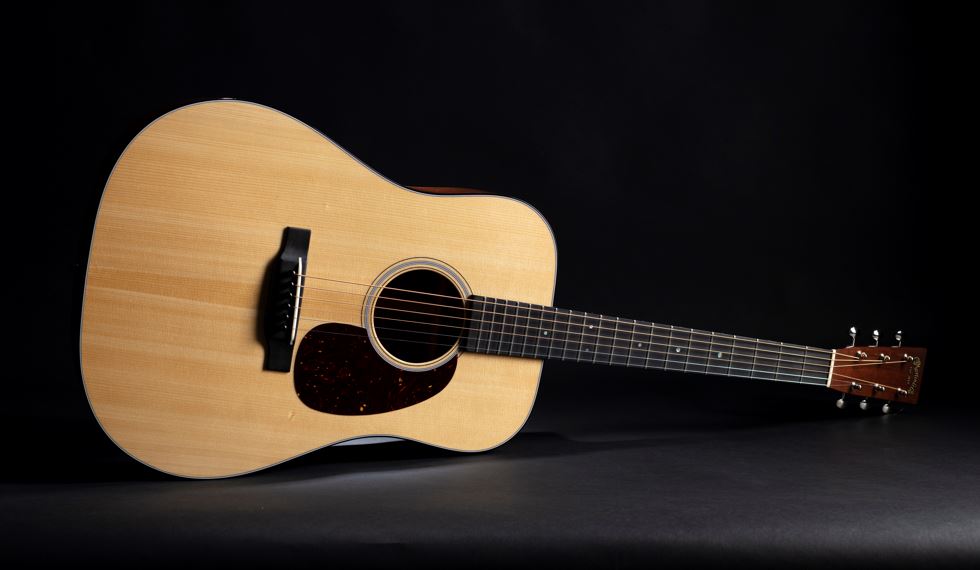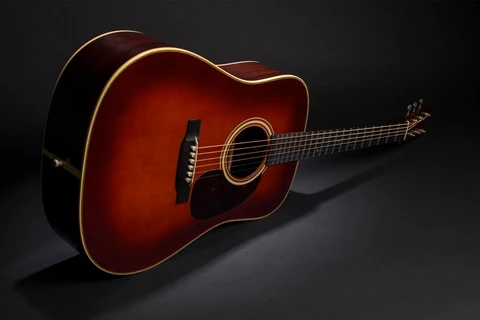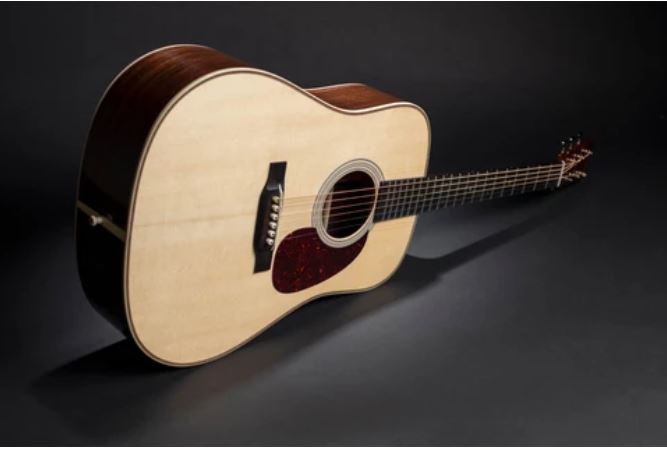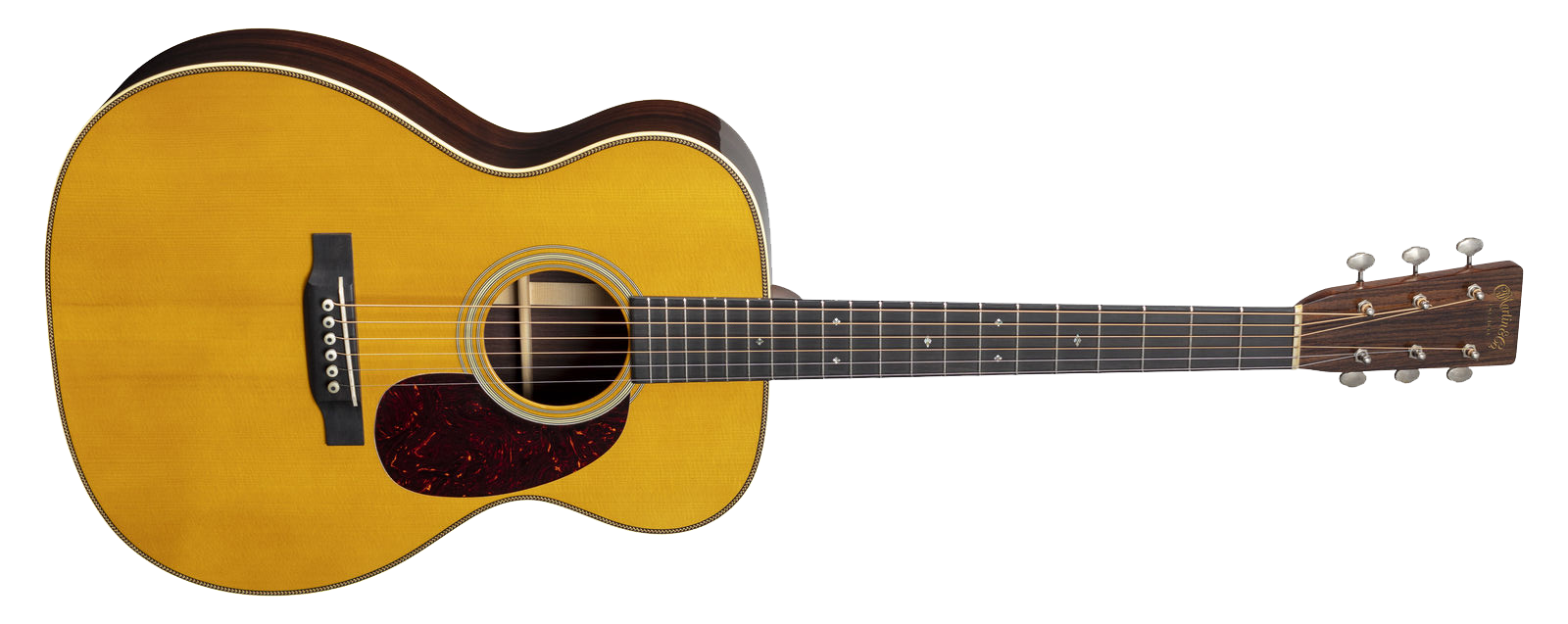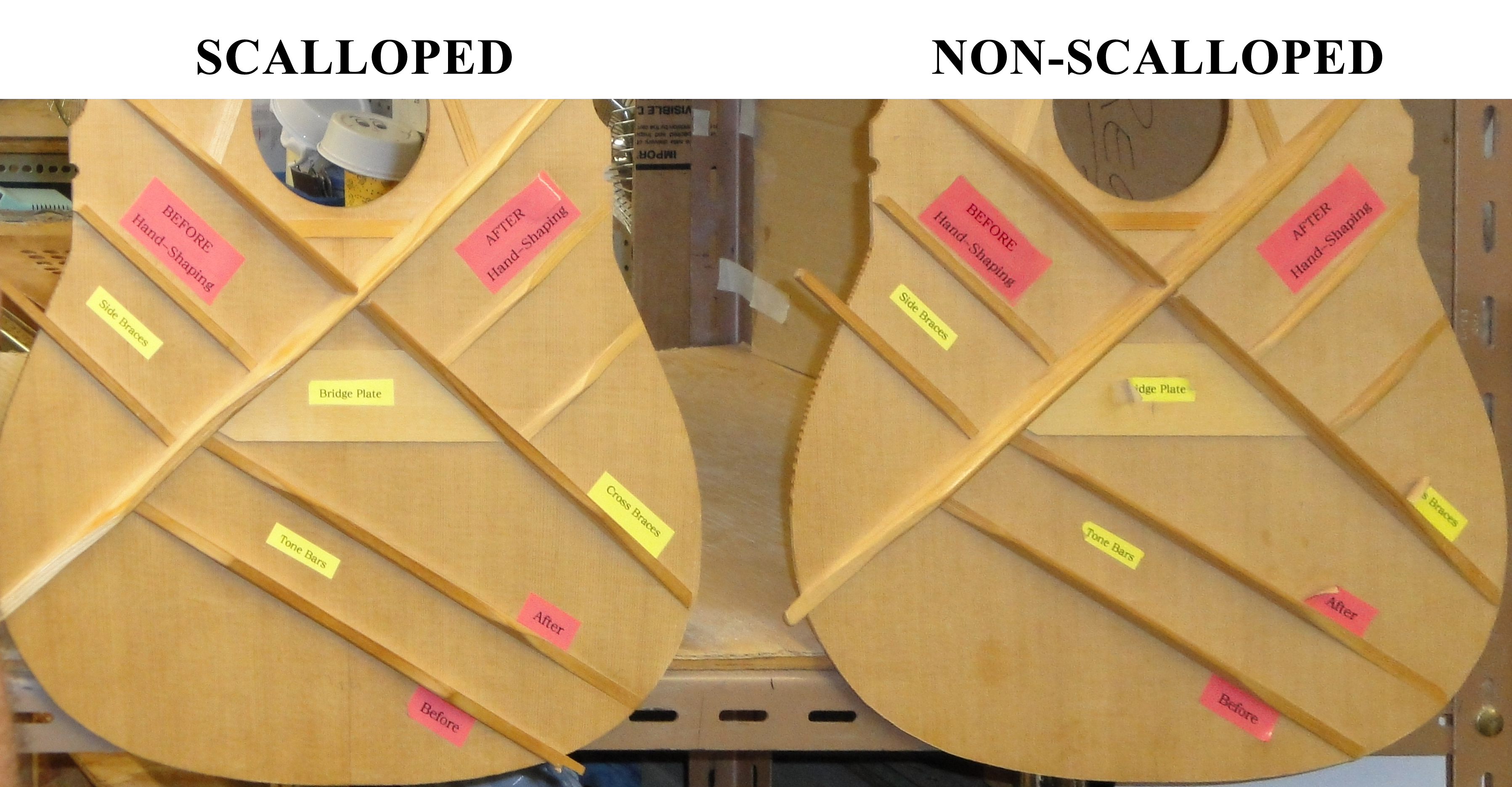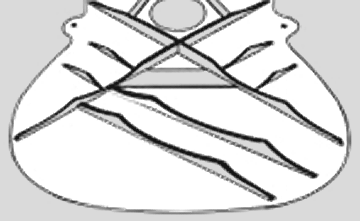D-18 Authentic 1937 and D-28 Authentic 1937
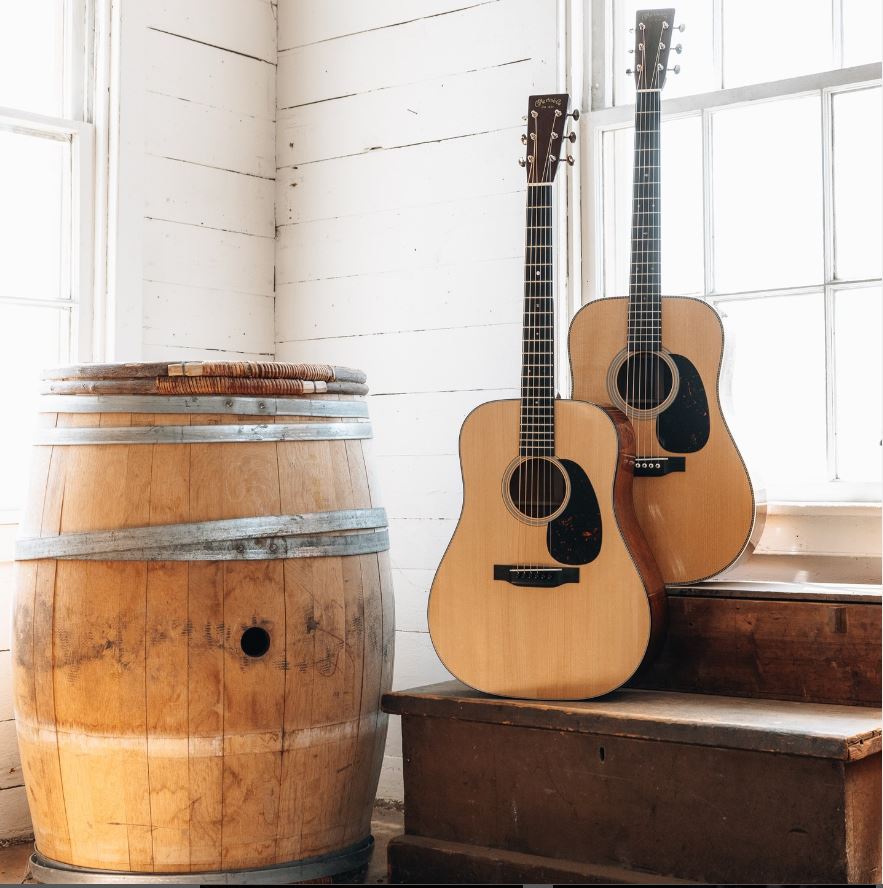
Read our original preview of these awesome additions to the Authentic Series HERE
CS-SC-22
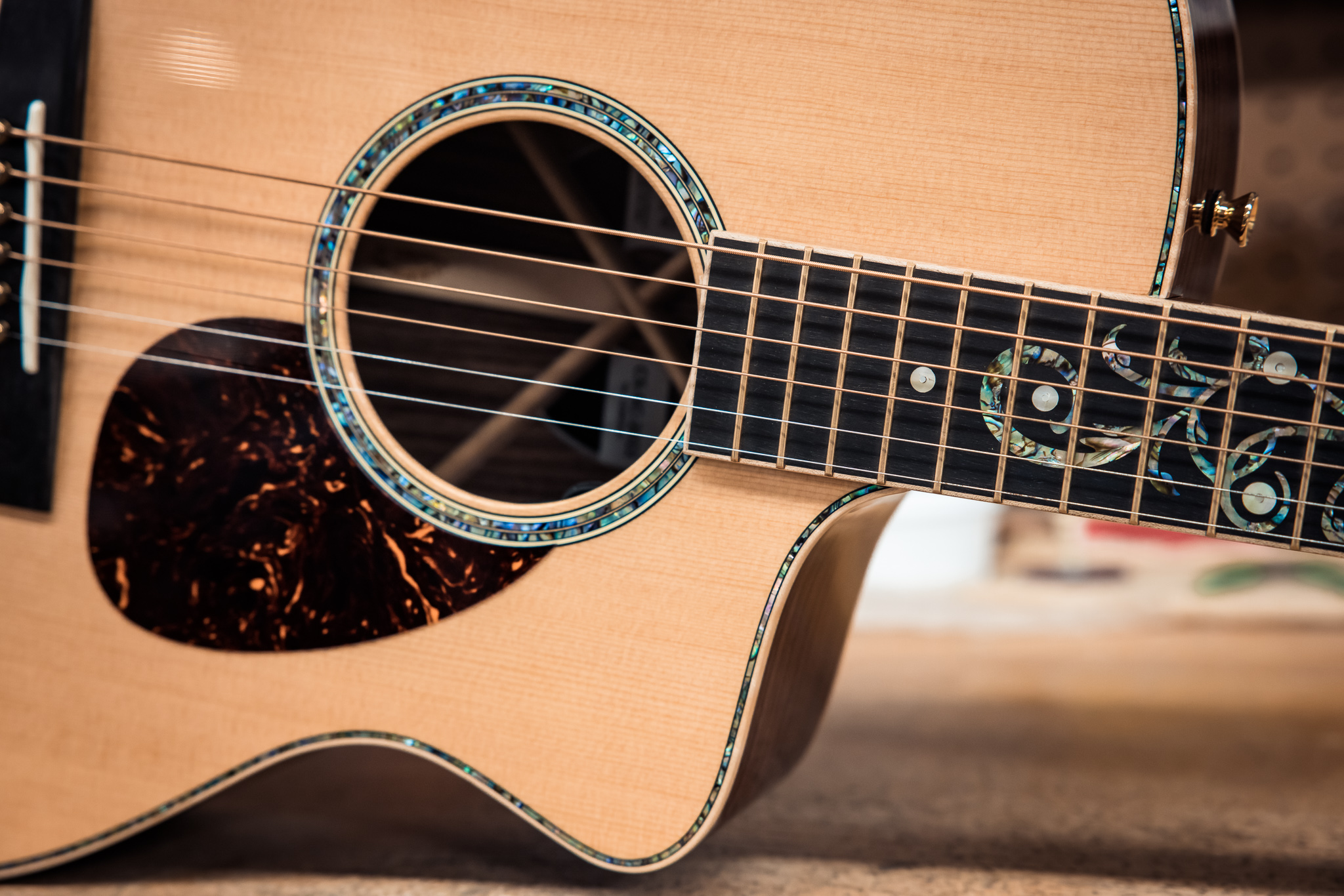
The CS-SC-2022 is made in Martin’s Custom Shop in Nazareth, PA out of all-solid tonewoods, using the innovative S body size, Martin’s first 13-fret guitar. It has an asymmetrical shape along with an ergonomic neck thanks to the Low Profile Velocity profile and the Sure Align neck joint that removes the heel at the back of the neck. Everything about this limited edition acoustic-electric hybrid is a major upgrade from the other SC models, of the Martin’s Road Series, made at the Martin plant in Navojoa, Mexico, (the groundbreaking SC-13E, SC-13E Special models and the affordable SC-10E.) This newest SC model is the deluxe version of these hybrid acoustic-electric guitars, and it is packed full of special features.
The East Indian rosewood back and sides are topped with torrefied Sitka spruce with torrefied Adirondack spruce bracing. The top has a patented shaping on the inside that Martin calls a “recurve” to accentuate bass response, something lacking in the aforementioned Road Series SC models. The onboard electronics are the latest version of Fishman’s Aura system with special anti-feedback technology designed expressly for this model. Other deluxe features include flamed European maple bindings on the body, neck, and head stock, and abalone pearl inlay all over the place, especially the swirling vine motif on the fingerboard.
See our Video Review HERE
Our in-depth written review will appear soon.
More photos HERE
D-28 Rich Robinson Signature Model
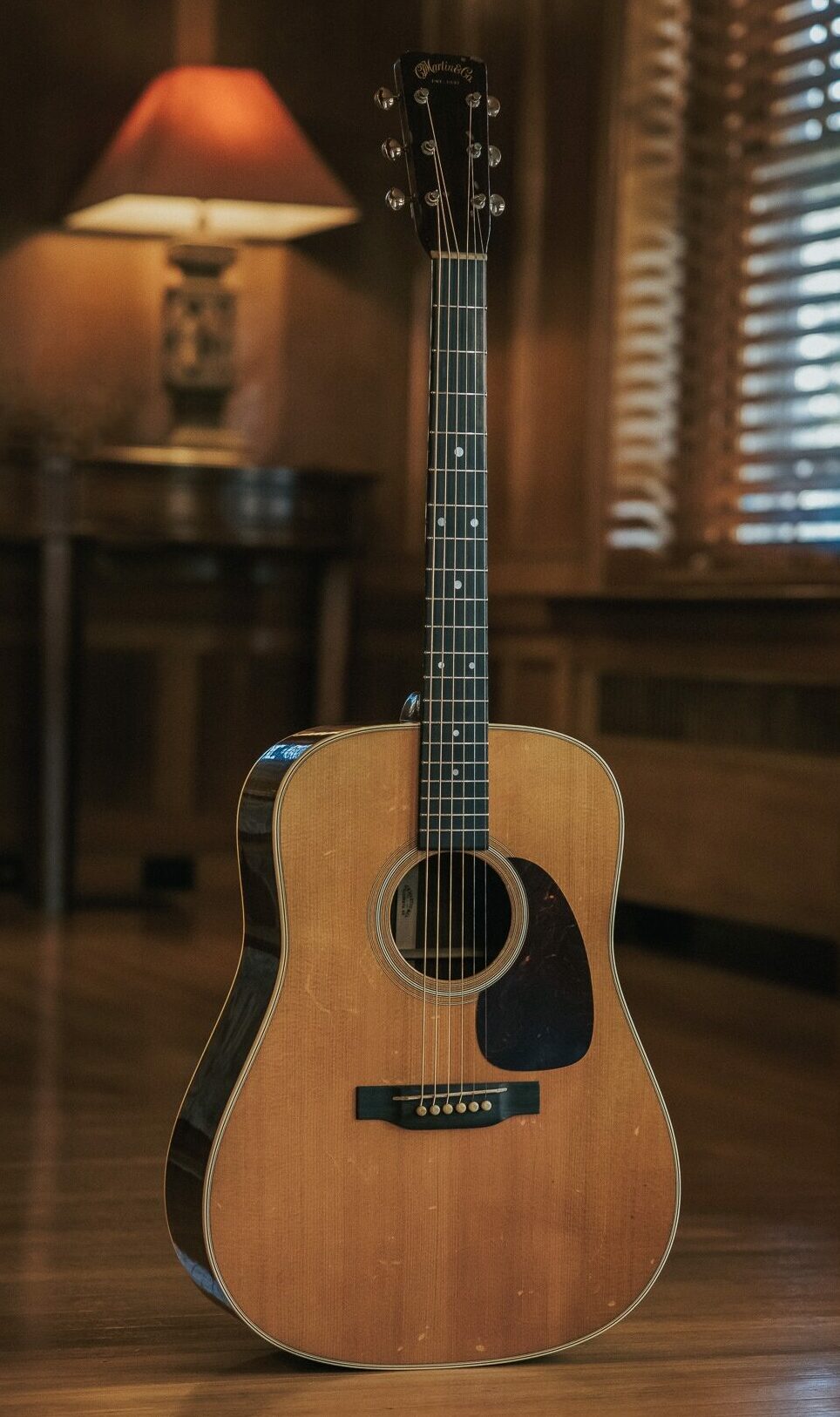 The latest Artist Custom edition is a close replication of the 1954 D-28 owned by the Black Crowes’ founding member Rich Robinson. This is the first time Martin has used their exclusive aging techniques to replicate the cosmetic appearance of a specific vintage guitar.
The latest Artist Custom edition is a close replication of the 1954 D-28 owned by the Black Crowes’ founding member Rich Robinson. This is the first time Martin has used their exclusive aging techniques to replicate the cosmetic appearance of a specific vintage guitar.
Like Robinson’s well-played 1954, this instrument has non-scalloped, rearward-shifted bracing, hot hide glue construction, a 1-11/16” width at the bone nut and 2-1/8” fingerboard width at the 12th fret, to go along with the 2-1/8” string spacing at the bone saddle. The heel, barrel, and profile of the neck was copied directly from the artist’s personal Martin, which he used to compose most of the band’s songs.
The East Indian back and sides have the Vintage Gloss finish previous reserved for the Authentic Series, with some “aging” applied, including the replication of specific dings seen on Robinson’s rosewood. There are nicks and scrapes and scuffs all over the guitar, copied directly from the original, and each a souvenir from a long and fruitful career. I particularly like the wear on the neck, including the shiny patch along the bass side of the fingerboard up near the nut, where Robinson’s thumb has made its presence for many years, in addition to whoever owned the guitar before him.
A full review of the Martin D-28 Rich Robinson is coming soon
More photos HERE
Custom Major Kealakai
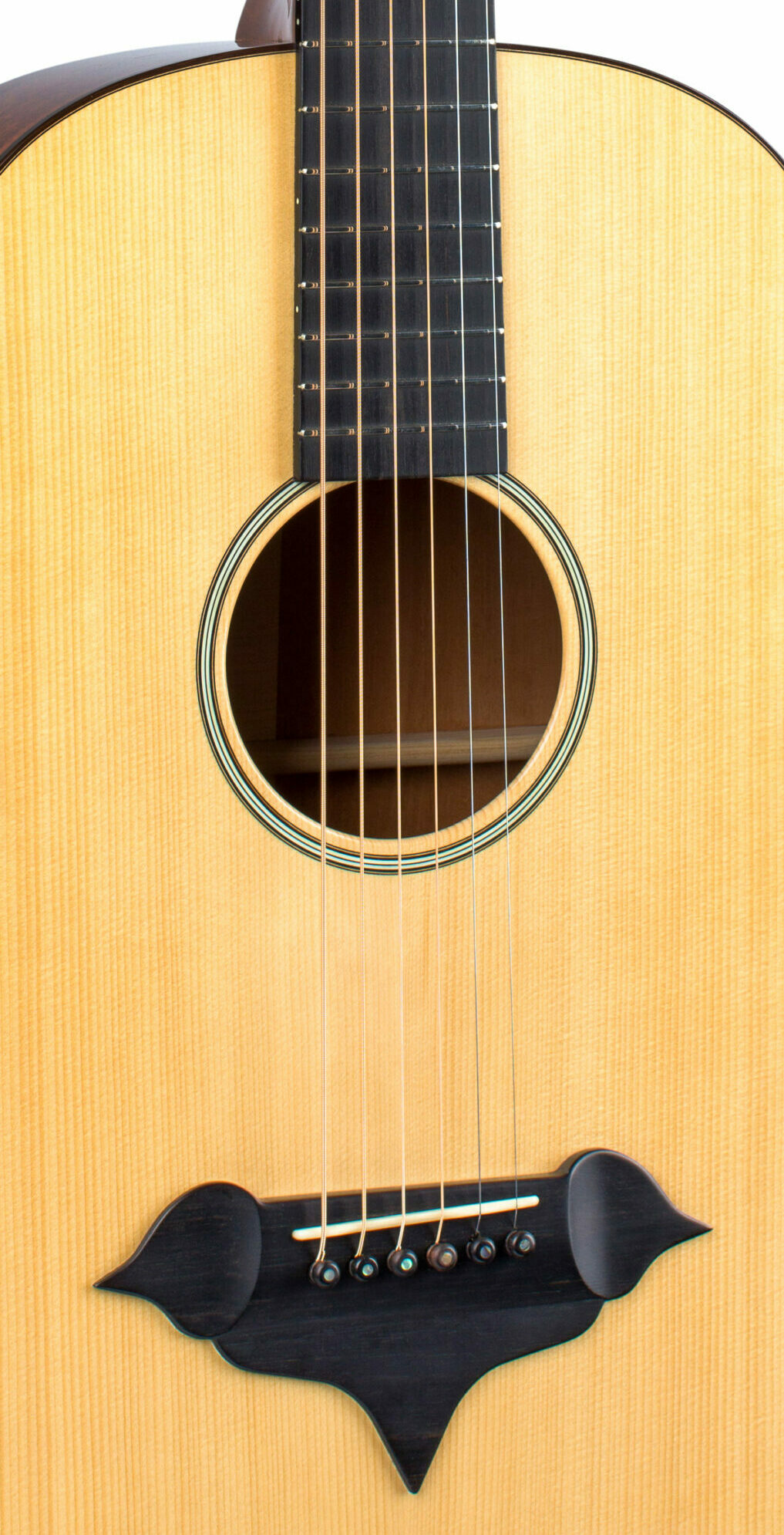 This limited edition is a replica of the first steel string guitar Martin made in a large body size, which predates the Dreadnought size dominating the world’s guitar markets today. But this revolutionary instrument had been utterly forgotten until a series of letters were recently discovered in the company archives, between Martin and Major Kealakai, who ordered the instrument.
This limited edition is a replica of the first steel string guitar Martin made in a large body size, which predates the Dreadnought size dominating the world’s guitar markets today. But this revolutionary instrument had been utterly forgotten until a series of letters were recently discovered in the company archives, between Martin and Major Kealakai, who ordered the instrument.
Major was a major star in 1916 when he became only fourth artist granted the privilege of having Martin make him what we now would call a special order with customized features. Hawaiian guitar music was played with a steel slide over steel strings, at a time when Martin guitars were still made with gut strings used for classical and folk music. He needed steel strings and an extra-large body for increased volume. The Mr. Martin of the day accommodated his requests. Afterwards, Martin redesigned the body shape and invented the size D we all know and love today.
The Custom Major Kealakai instrument looks very much like Kealakai’s guitar, but is actually made with modern Martin construction techniques and specifications, thankfully. The body resembles a 12-fret 00, that’s been supersized until it has the same side depth and top width of a dreadnought. The back and sides are made with rare Sinker Mahogany, old-growth Big Leaf mahogany from logs that were salvaged from the bottom of a logging river in Belize. The top is made from torrefied Adirondack spruce, as are the braces.
Otherwise, it has construction similar to an Authentic Series Martin, like hide glue construction and the bracing and neck of the D-28 Authentic 1931, along with the simple fretboard dots of a 1931 D-18. That and having it set up for normal guitar playing makes it a much more viable instrument. Had they made a true recreation of Kealakai’s guitar, it would have been too lightly braced, have no internal neck support, and not conducive to the rigors of modern music.
More photos HERE
DSS Hops and Barley Limited Edition
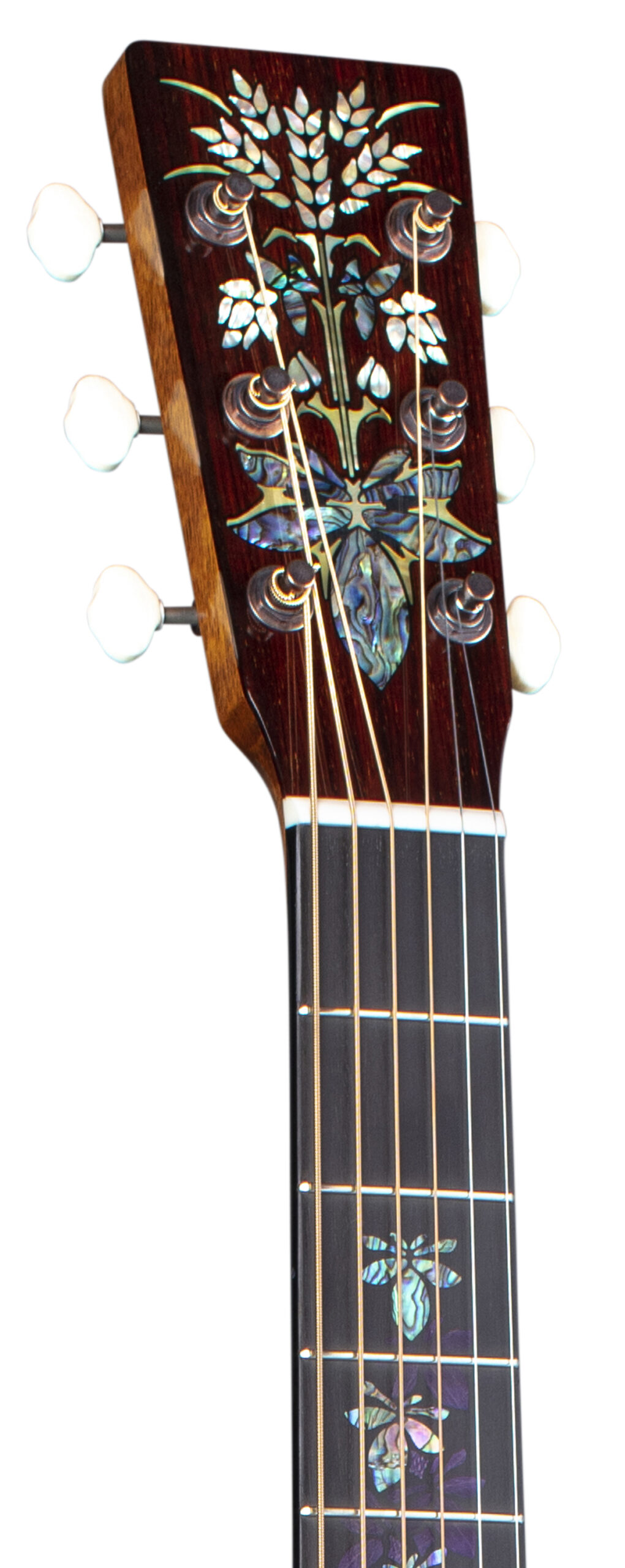
This new limited edition was inspired by some artwork featuring a large image of barley still on the stalk, which reminded head Martin instrument designer Tim Teel of the Arts and Crafts movement he has always admired, and the Martin models created with similar styling. That led to this new guitar made with figured black walnut back and sides and a top made from sinker redwood that had be salvaged from waters in California, similar to the mahogany Martin sourced from a river in Belize.
It has the large, slop shoulder dreadnought body shape and comes with multiple upscale appointments like hot hide glue construction, Style 42 abalone inlay around the top, and gorgeous inlays of abalone, mother-of-pearl, and colorful woods for the back strip, headstock, fingerboard, bridge, and the pickguard that is made from Guatemalan rosewood!
More photos HERE
D-42 Special
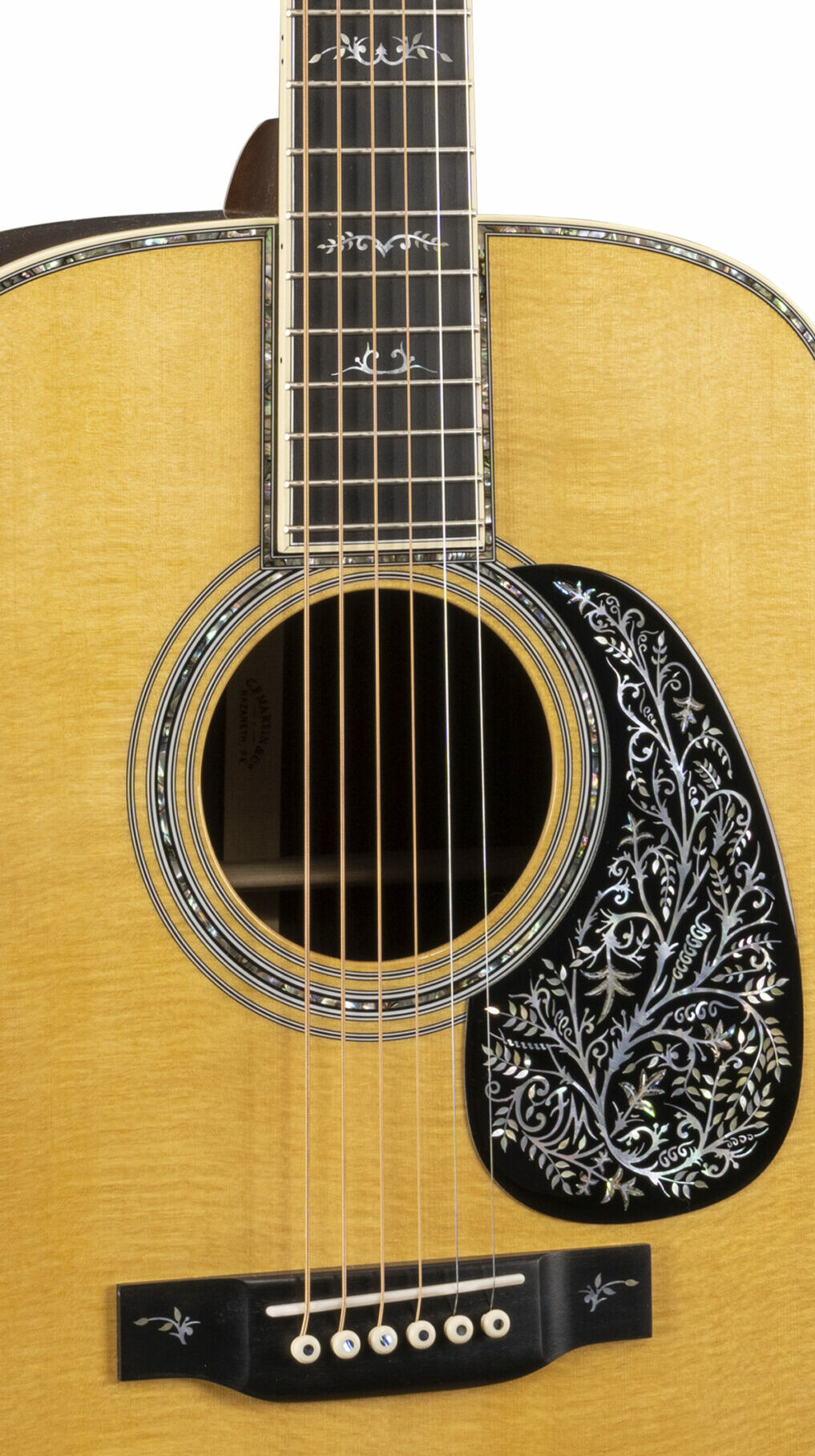
For over 30 years, Dick Boak was the face of Martin guitar, when it came to being a general, genial good will ambassador. He started out as a draftsman, before wearing many hats at Martin. Dick eventually became Head of Artist Relations and co-designed of many celebrity signature models. He was later put in charge of the Martin Museum and the company archives. Now retired, Dick has been honored with this limited edition inspired by drawings he did years ago. He had sketched out an intricate botanical design, hoping to use the company’s new laser etching machine to reproduce the imagery on a faux tortoise shell pickguard. But the technology wasn’t quite there yet, as the pickguard caught on fire!
The original drawings were recently rediscovered and Chairman of the Board Chris Martin decided to use Dick’s design to create the new D-42 Special. Boak teamed up with world-class inlay artists from Pearlworks to expand the design to the fingerboard, headstock and bridge, and the artisans at Pearlworks inlaid them all with high-color abalone shell. Otherwise the guitar has the same construction and features as the lofty D-42 from atop the Standard Series. The East Indian back and sides and Sitka spruce top are of the highest grade, and Style 42 pearl lines the top, including the fingerboard extension. Elegant and opulent, it is a classic high-end Martin all the way around.
More photos HERE
000-16 StreetMaster
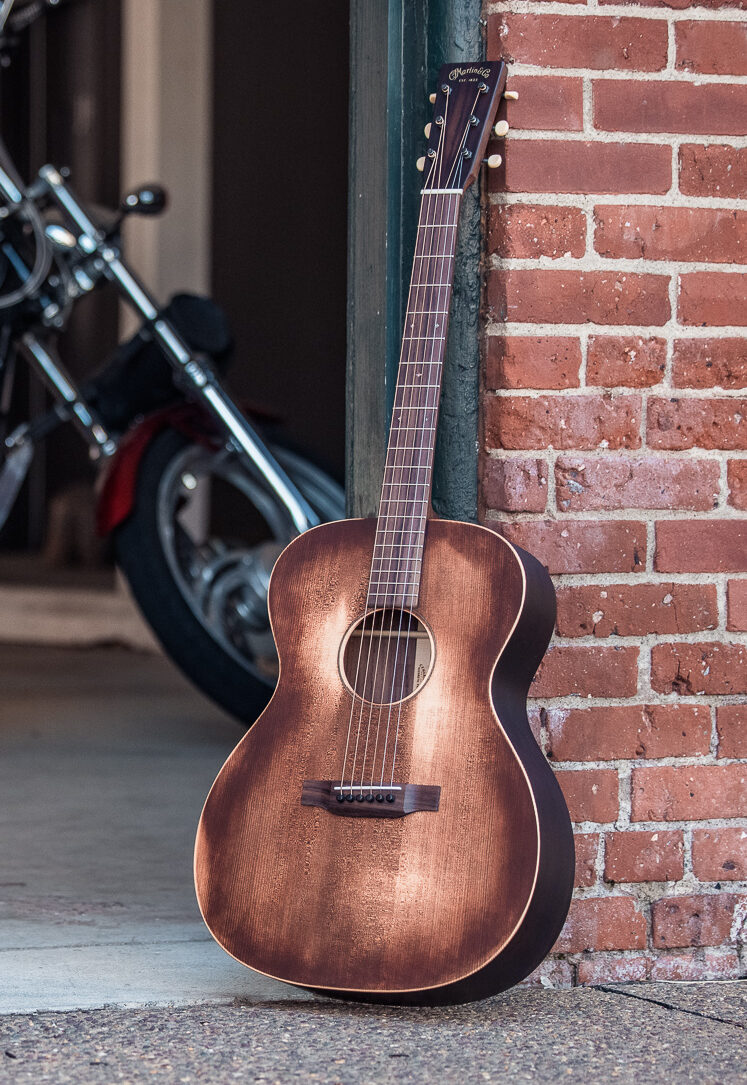
This short-scale 000 is the first 16 Series guitar with Adirondack spruce for the top and bracing. Not only that, it is a torrefied Adirondack spruce top, matched with Indian rosewood back and sides via Martin’s proprietary Vintage Tone System. And over all is the StreetMaster distressed finishing, previously used only on the all-mahogany 15 Series. The combinations of features came about because the sap in Adirondack spruce has higher sugar content than other spruces. When it is torrefied in the oxygen-free kilns to crystalize the cellular interiors, the baked sugars create dark streaks and patches visible on the outside. This limits the amount of VTS Adi Martin is willing to put on their high-end guitars. A solution was found in dressing up such wood with the StreetMaster finishing techniques. This is a win win for people who want a Martin below the price of the Standard Series but still get Adirondack spruce and solid East Indian rosewood.
More photos Here
GPC-13E burst
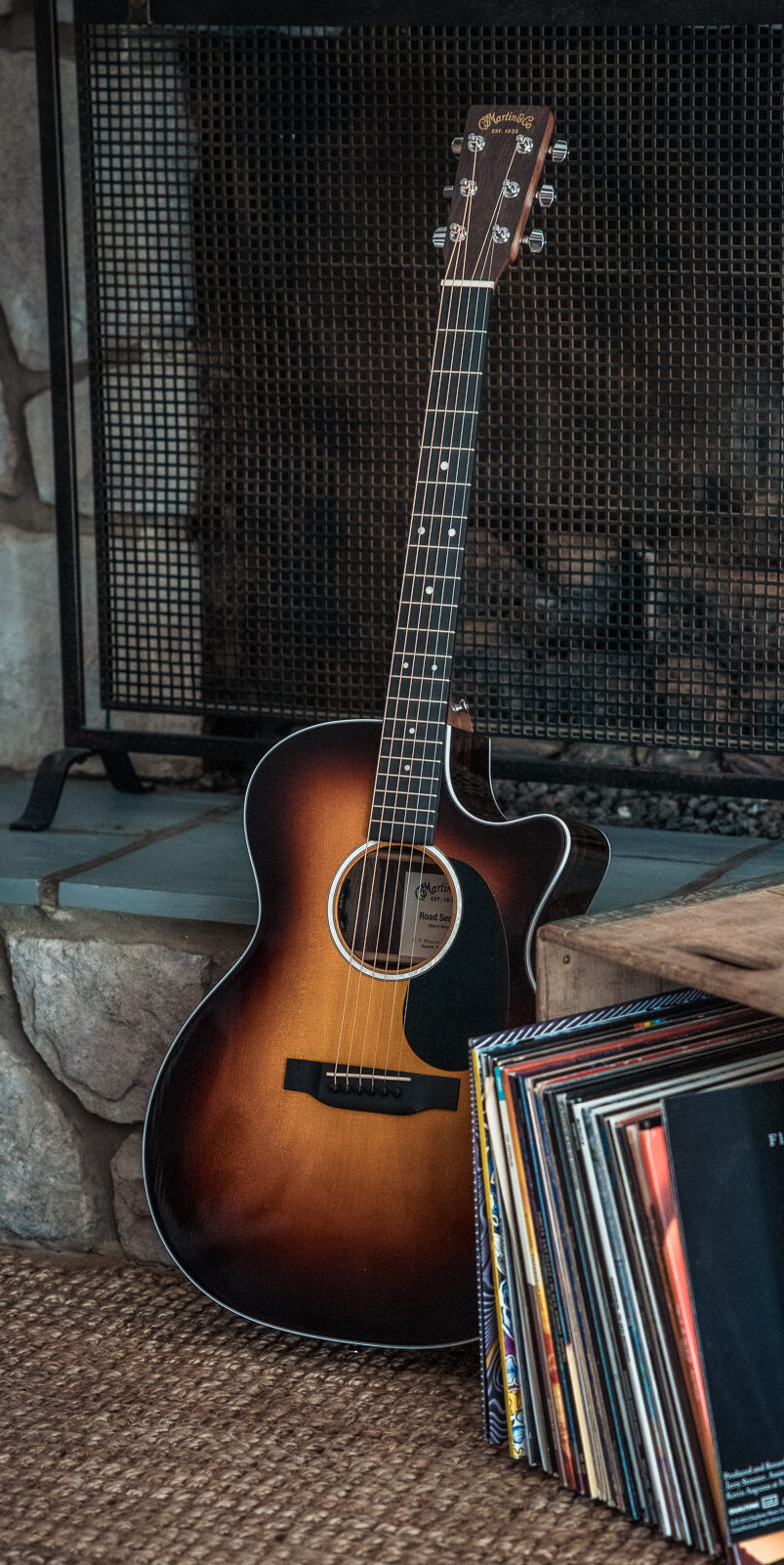
The new offering in the Road Series is the return of the GPC-13E, now made with gorgeous ziricote fine veneer for the back and sides, and an attractive burst finish on the solid Sitka spruce top. Like other Road Series models, this Grand Performance size Martin has onboard electronics with a build in turner, inside the sound hole, and the low and comfortable Performing Artist neck profile.
More photos HERE
D-17 Squadron
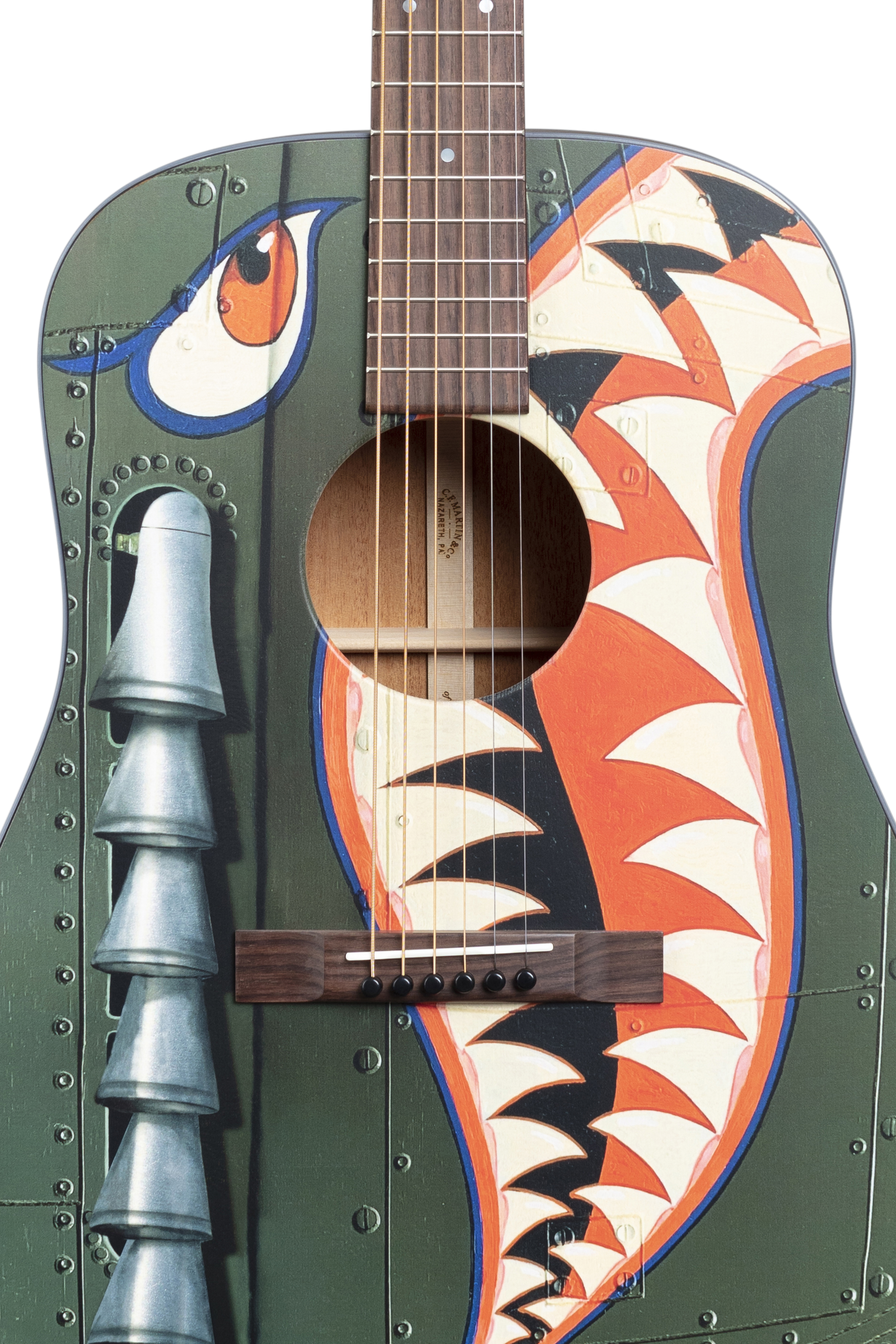
Artist Robert F. Goetzl was commissioned to do a painting celebrating classic aircraft nose art. He chose the iconic toothy grin of the legendary Flying Tigers from World War II. Martin chose recreate this painting on a 14-fret dreadnought made with 17 Series construction, for an open airy resonating voice. It has solid mahogany back and sides (either sipo or sapele) and a solid Sitka spruce top. The satin finish is thin enough that you can feel the wood grain with your hand. The guitar is so responsive that the vibrating solid wood body can be easily felt during playing. As for the artwork, it is remarkably realistic, with the illusion of being three-dimensional, especially the exhaust ports when seen in person! To achieve the look of the steel skin of a Curtiss P-40 fighter plane, Goetzl chose not to use typical canvas. He screwed together slats of wood and then painted over them. It all really looks exactly like the front fuselage of an Army Air Corps P-40 Warhak with Flying Tiger insignia circa 1942.
More photos HERE
Like this:
Like Loading...
